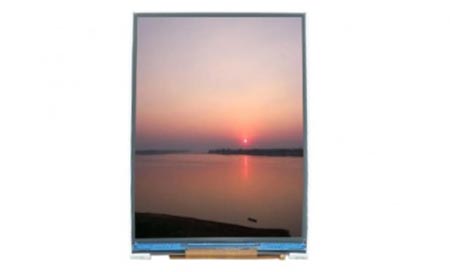What is 200 nits brightness?
Views: 695 Update date: May 09,2024
In the realm of display technology, the term "nits" often emerges in discussions about brightness levels. Specifically, 200 nits brightness stands as a benchmark for clarity and visibility in various digital devices, particularly in High Brightness LCD displays.
What are Nits?: Nits, in the context of display technology, refer to the measurement of brightness emitted by a screen. One nit is equivalent to the brightness of one candle per square meter. Therefore, 200 nits represents the luminance produced by 200 candles per square meter—a substantial level of brightness crucial for ensuring optimal visibility in diverse lighting conditions.
The Importance of Brightness: In the era of mobile computing and ubiquitous screens, the importance of brightness cannot be overstated. Whether indoors or outdoors, users rely on their devices to deliver clear, legible content without straining their eyes. 200 nits brightness serves as a baseline standard, enabling displays to maintain readability and visual fidelity across various environments.
Professional Displays: Industries such as healthcare, aviation, and automotive rely on High Brightness LCD displays for mission-critical applications where clarity and precision are paramount. From medical imaging systems to cockpit instrumentation, these displays facilitate accurate decision-making and operational efficiency.
In summary, 200 nits brightness serves as a foundational standard for clarity and visibility in display technology, particularly in the realm of High Brightness LCD displays. By harnessing advanced backlighting techniques and engineering innovations, manufacturers deliver devices that excel in diverse usage scenarios, from outdoor readability to professional applications. As technology continues to evolve, the pursuit of brighter, more immersive displays remains at the forefront, driving innovation and enhancing the user experience in unprecedented ways.
What are Nits?: Nits, in the context of display technology, refer to the measurement of brightness emitted by a screen. One nit is equivalent to the brightness of one candle per square meter. Therefore, 200 nits represents the luminance produced by 200 candles per square meter—a substantial level of brightness crucial for ensuring optimal visibility in diverse lighting conditions.
The Importance of Brightness: In the era of mobile computing and ubiquitous screens, the importance of brightness cannot be overstated. Whether indoors or outdoors, users rely on their devices to deliver clear, legible content without straining their eyes. 200 nits brightness serves as a baseline standard, enabling displays to maintain readability and visual fidelity across various environments.
High Brightness LCD Displays:
Optimized Visibility: High Brightness LCD displays leverage advanced backlighting technologies to achieve luminance levels exceeding 200 nits. This heightened brightness enhances visibility, making screens easier to read and interact with, even under direct sunlight or bright indoor lighting.Enhanced User Experience: Beyond mere visibility, High Brightness LCD displays enrich the user experience by delivering vibrant colors and sharp contrasts. Whether viewing multimedia content, engaging in productivity tasks, or gaming on-the-go, users benefit from immersive visuals that captivate the senses and elevate overall enjoyment.
Practical Applications:
Outdoor Readability: Devices equipped with High Brightness LCD displays find particular utility in outdoor settings where ambient light poses a challenge to screen visibility. From smartphones and tablets to digital signage and automotive displays, these devices ensure that critical information remains accessible regardless of environmental conditions.Professional Displays: Industries such as healthcare, aviation, and automotive rely on High Brightness LCD displays for mission-critical applications where clarity and precision are paramount. From medical imaging systems to cockpit instrumentation, these displays facilitate accurate decision-making and operational efficiency.
In summary, 200 nits brightness serves as a foundational standard for clarity and visibility in display technology, particularly in the realm of High Brightness LCD displays. By harnessing advanced backlighting techniques and engineering innovations, manufacturers deliver devices that excel in diverse usage scenarios, from outdoor readability to professional applications. As technology continues to evolve, the pursuit of brighter, more immersive displays remains at the forefront, driving innovation and enhancing the user experience in unprecedented ways.




